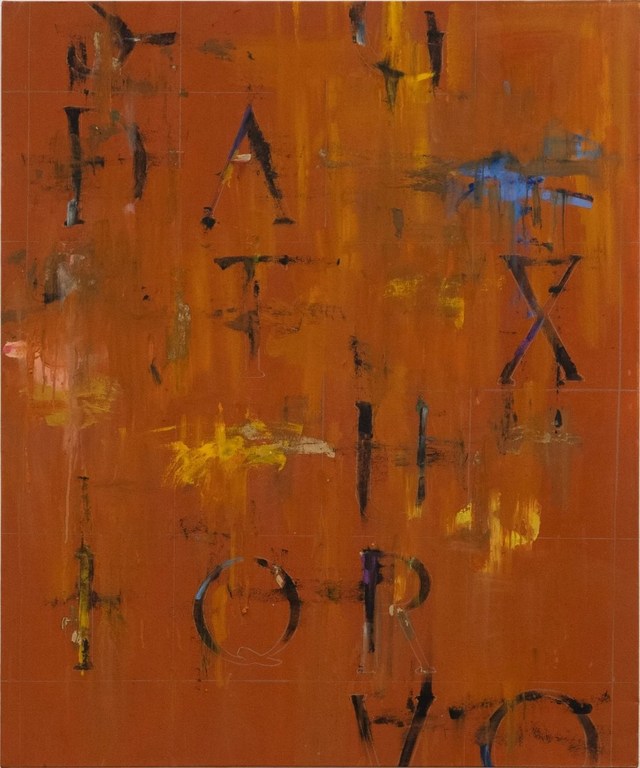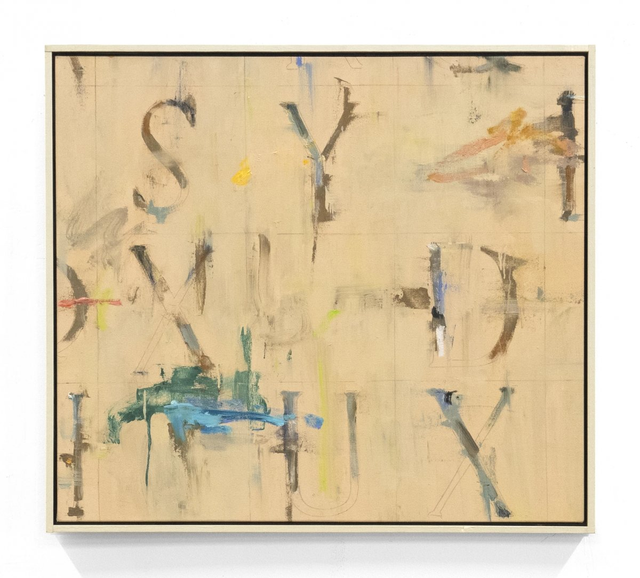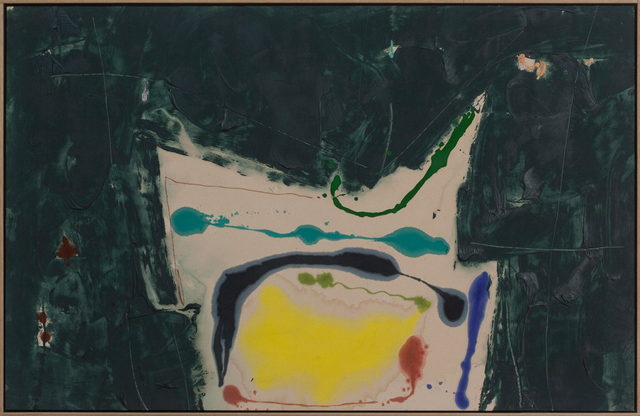Kikuo Saito
Kikuo Saito (1939 - 2016) was a Japanese-born American abstract painter who made significant contributions to the Color Field movement and Lyrical abstraction. Saito skillfully incorporated vibrant, saturated colors into his artwork, accompanied by intricately drawn lines.
In addition to his achievements as a painter, Saito explored the realms of theater and dance. He collaborated with groundbreaking directors and choreographers such as Robert Wilson, Peter Brook, Jerome Robbins, and his wife, dancer and choreographer Eva Maier.
Kikuo Saito's Biography
Kikuo Saito was born in Tokyo in 1939 and discovered his passion for painting at the age of 17. He further developed his skills by working as a proctor and studio technician at Sensei Itoh's workshop, a renowned Japanese painter. This experience exposed Saito to traditional Japanese art forms as well as contemporary movements such as the influential Gutai Group. He also was interested in New York City's art scene and Abstract Expressionism, Minimalism, Color Field, and Pop Art movements.
In 1966, armed with only one pair of shoes, several tubes of oil paint, and $500 in cash, Saito moved to New York. This transformative journey led him to cross paths with Ellen Stewart, the founder of the La MaMa Experimental Theatre Club, where he became involved in organizing performances.
In the following years, Saito landed a position as a studio assistant for painter Kenneth Noland, where his responsibilities included stretching canvas and mixing paint. He later worked with artists Helen Frankenthaler and Larry Poons. However, by 1979, Saito decided to fully devote himself to painting, choosing the studio over the public realm of the stage. Working in the studio, Saito discovered the freedom to manipulate paint across the canvas. He explored various techniques, utilizing both the easel and the floor, allowing him to engage his entire body in the process of painting.
Kikuo Saito's art style
A prevalent theme in Saito's body of work, both on stage and canvas, is a deep exploration of written signs. Repeated investigations of the alphabet in Saito's work, both real and made-up, legible and obscured, speak to moments in his personal history. As a young immigrant in a foreign land whose language he did not speak, Saito carved out a unique artistic space within the established Color Field tradition by constructing his own painterly lexicon. The juxtaposition of free, expressive brushstrokes and graceful, meticulously rendered lettering reflects his dual practice as both a painter and an architect of poetic performances.
The abstraction in Saito's work points to a meditation on the inherent impermanence of language, as well as the ever-shifting nature of meaning. Departing from structuralist systems of transmuting signs, Saito opens up a space where vibrant colors come to life. Within this space, he fills the void with a palette that evokes a sense of vitality and energy, transcending the limitations of conventional language and inviting viewers to explore the boundaries of visual communication.
Years:
Born in 1939
Country:
Japan, Tokyo
Gallery:


